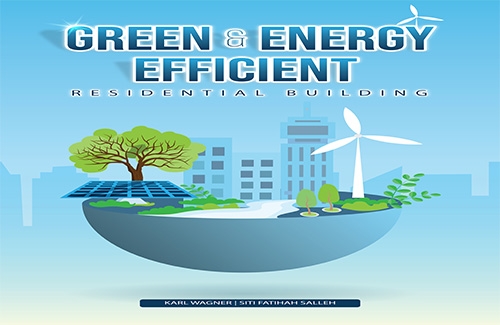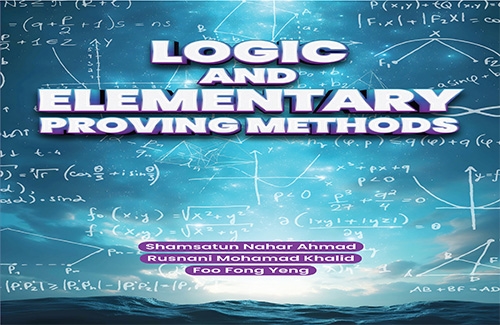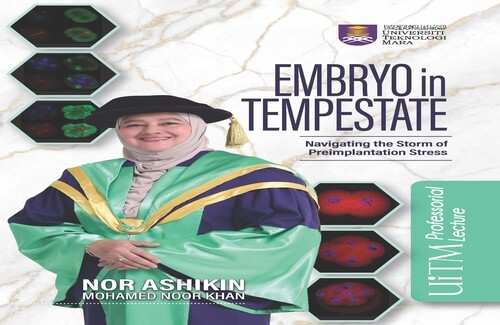Green & Energy Efficient Residential Building

This publication on residential buildings puts an end to rough carbon calculations of green certification tools like LEEDS, GBI, and Green Mark because they are hardly applicable for typical existing non-energy efficient residential buildings. By exploring the differences between a conventional red concrete building and three entire passive green buildings with the state-of-the-art mix of all tropically adapted eight passive modules, it paves the way to the establishment of low-carbon tropical buildings. The impacts of passive green architectures on the ambient temperature of the buildings were investigated in a five-year study primarily carried out in Malaysia. Furthermore, this work also demonstrates how an adapted passive house built according to the tropicalized principles brings about somewhat active, standardized, and affordable solutions for the vast majority of buyers.
Instructor Biography
Karl Wagner graduated in Sociology and Business at the University of Munich. He obtained his PhD at the Faculty of Business at University of Münster in 1991. Hereafter, he spent three years in industry and worked as Professor and consultant at the University of Sciences Applied Rosenheim, Germany. Since 1998, Karl Wagner accompanied the upbringing and research of the mock-up buildings since 2012. He has received wide international exposure and reputation in green technology, especially in Malaysia and Singapore. Karl Wagner is a member of the globally operating ZEMCH (Zero Energy Mass Customized Homes) committee.
Siti Fatihah Salleh earned a PhD in Bioprocess Engineering from Universiti Sains Malaysia and a B.Eng. (Hons) in Chemical Engineering from Universiti Teknologi PETRONAS. Her research interest includes renewable energy, energy efficiency, sustainable building.
Related Courses
Copyright © 2025 MindAppz Sdn Bhd. All rights reserved.











